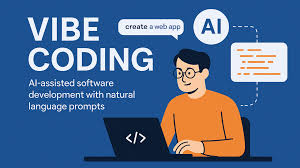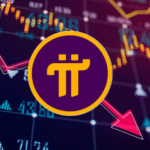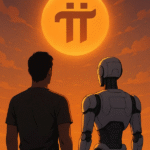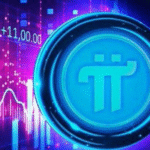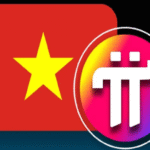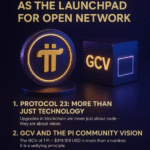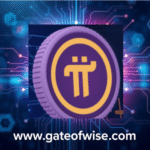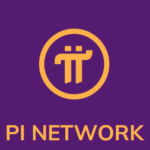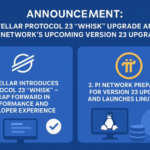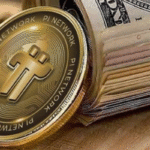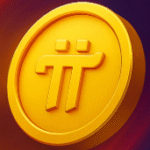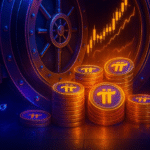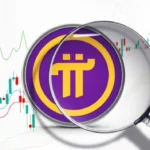In today’s fast-changing digital world, Pi Network stands out as both an innovative project and a decentralized movement. More than just another cryptocurrency, it represents a community-driven initiative where people are invited to shape the future by taking part in a new kind of digital economy. As emphasized by @santosinakatomo, the platform provides a space for individuals to learn, create, and connect under a shared vision of progress.
Innovation at the Heart
Pi Network is built with inclusivity and accessibility in mind. Unlike traditional crypto systems that demand expensive hardware or focus on speculative trading, it allows users to mine Picoin directly on their smartphones. This approach opens the door to crypto participation for anyone, regardless of financial means or technical background.
But innovation goes beyond mining. Pi Network also introduces new ways of thinking about governance, community education, and economic collaboration giving members opportunities to understand blockchain principles while actively contributing to the ecosystem.
Decentralization as the Foundation
Central to Pi Network’s mission is its decentralized structure. Unlike conventional institutions that centralize control, Pi empowers users to manage their own assets, identities, and transactions. Through peer-to-peer validation and smart contracts, the system fosters transparency, autonomy, and fairness.
This approach builds trust and ensures that value and decision-making are shared across the community, not concentrated in corporate hands.
Picoin: A Currency of Participation
Picoin, the network’s native currency, is earned by contributing to the ecosystem whether validating transactions, inviting new users, or engaging in governance. Rather than focusing on speculation, this model rewards collaboration and participation.
As adoption increases, Picoin is set to become central to digital trade, decentralized applications, and community initiatives, offering practical everyday utility.
Learning, Building, and Connecting
Pi Network doubles as an educational environment. Users are encouraged to explore blockchain, exchange knowledge, and engage in meaningful dialogue. Developers and entrepreneurs can use the platform to create decentralized applications or launch digital services, while others contribute through governance and infrastructure.
Beyond technology, Pi fosters global connections, enabling collaboration across borders and cultures to create a resilient, adaptive digital ecosystem.
Web3: A New Internet Era
Operating within the Web3 framework, Pi Network embodies a vision of the internet that prioritizes user control, transparency, and ownership. Unlike Web2 platforms that profit from user data, Web3 through Pi offers participation, equity, and open-source development as guiding principles.
Community-Powered Growth
The real strength of Pi lies in its millions of community members worldwide. Far from being passive users, they validate transactions, shape policies, and support one another. This shared ownership ensures that the network grows in alignment with its community’s values and aspirations.
Challenges and Opportunities
Like any ambitious project, Pi faces challenges in scaling infrastructure, meeting regulations, and ensuring security. Yet these obstacles are countered by careful planning, transparent communication, and a commitment to ongoing improvement.
The opportunities are vast: as Picoin’s use cases expand, Pi Network is positioned to become a cornerstone of the Web3 economy, attracting individuals, developers, and institutions alike.
Building the Future Together
Ultimately, Pi Network’s journey is driven by people. Through innovation and decentralization, it offers a new model for digital participation, inviting everyone to not just consume technology but actively shape it.
The future is already unfolding: Pi continues to inspire creativity, challenge traditional systems, and empower individuals to define their own digital destinies.
Conclusion
Pi Network stands at the crossroads of innovation and decentralization. It is not just a crypto project, but a community led movement building a fairer digital economy. In a world seeking alternatives to centralized control, Pi offers a future where technology serves humanity and where every person has the chance to contribute, connect, and thrive.





